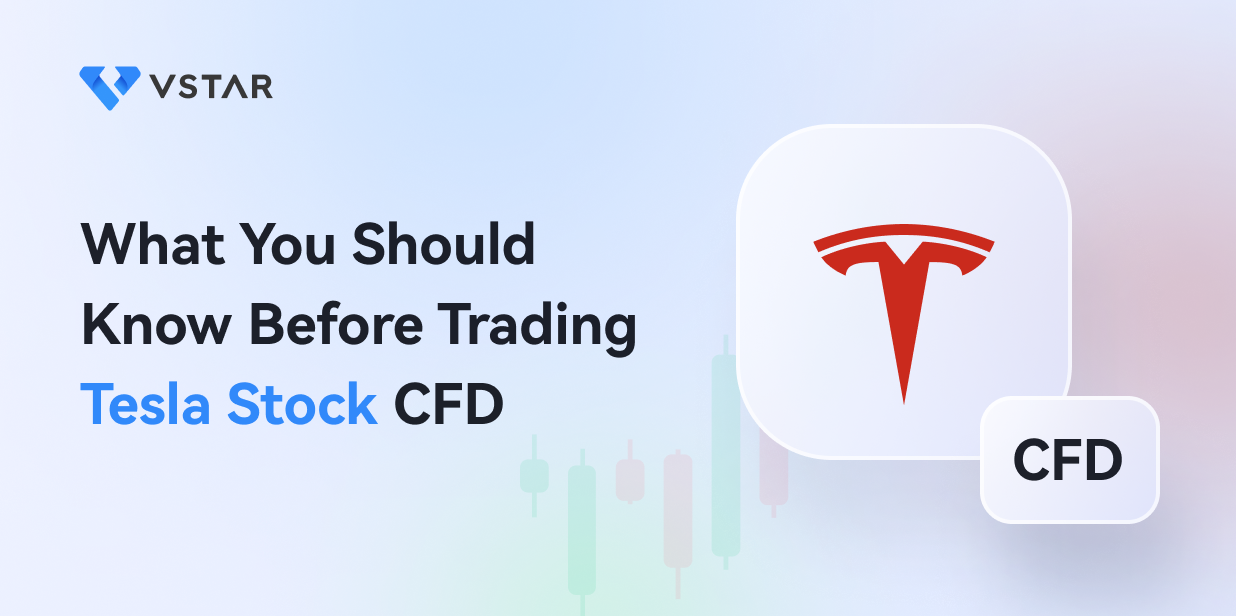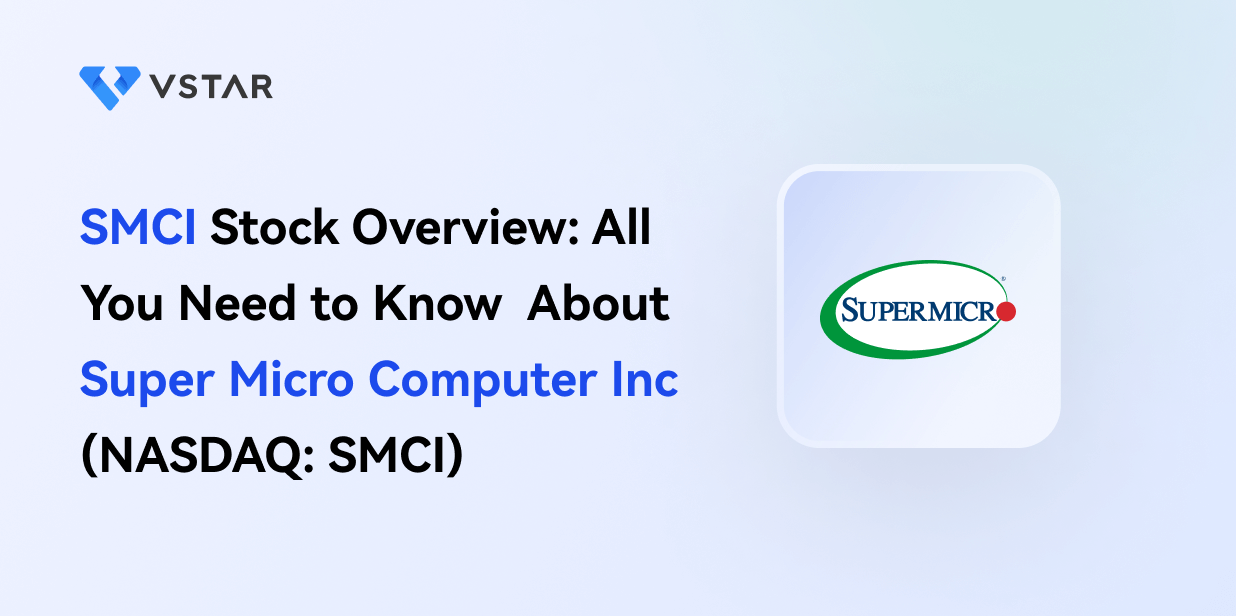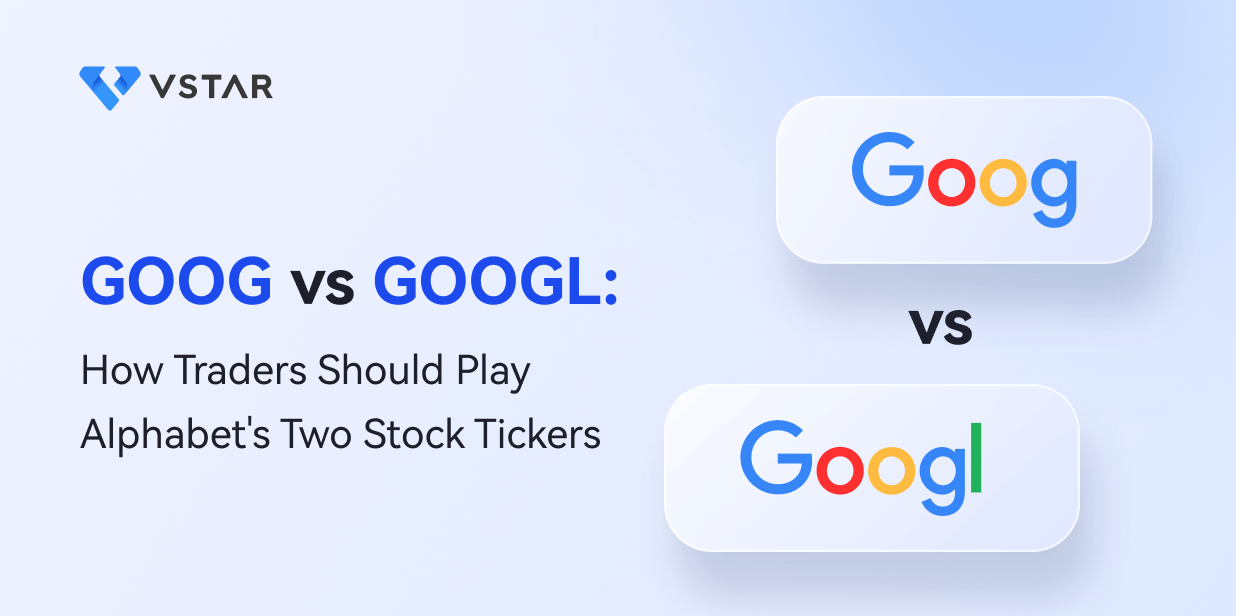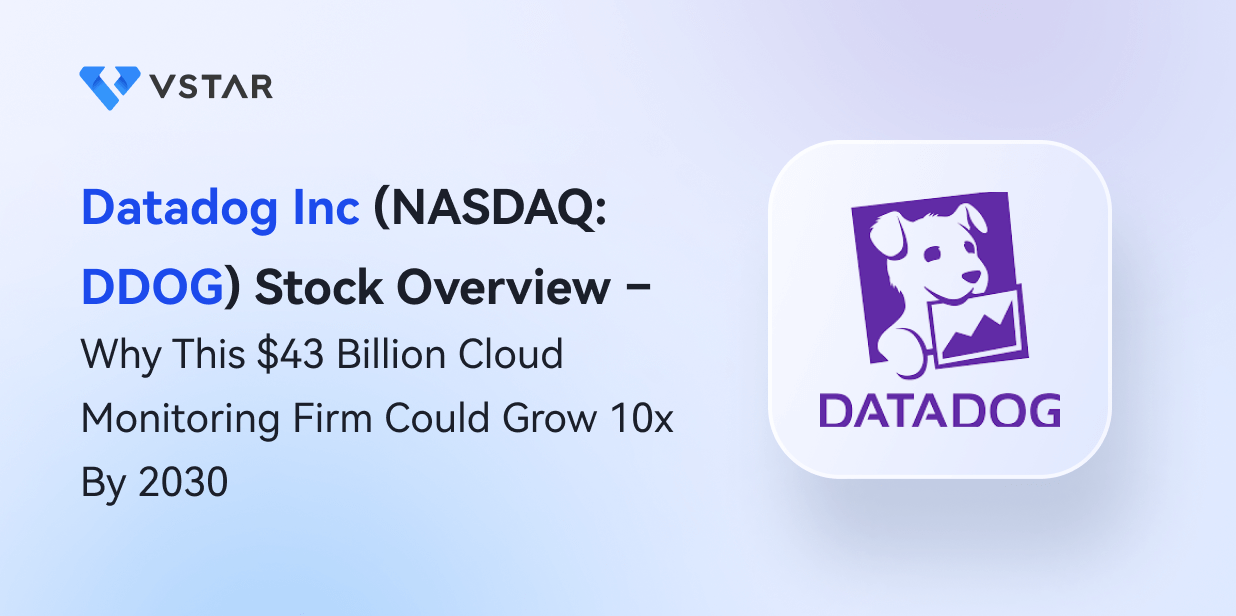Tesla Stock Price History
Tesla Stock (TSLA) Price History Tells An Interesting Story
Tesla Inc (NASDAQ: TSLA) is the largest electric vehicle company in the world by market capitalization. The company has released several electric car models that have had significant market success. Tesla has diversified into the truck market, with its flagship pickup truck Cybertruck expected to hit the market soon.
Founded in 2003, Tesla went public in June 2010. The Tesla (TSLA) stock price has hit multiple milestones since the IPO.
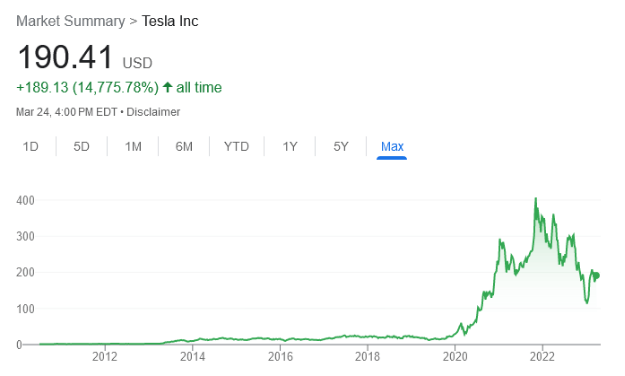
Tesla (NASDAQ: TSLA) Stock Price History
Tesla (NASDAQ: TSLA) priced its stock at $17 apiece for the IPO. The stock soared more than 40% on its first day of trading to almost $24.
Investors showed strong demand for Tesla Inc (NASDAQ: TSLA)’s IPO shares, leading the company to expand the offering to 13.3 million shares from 11.1 million shares it initially planned to sell. Moreover, the strong demand for the TSLA stock saw the company price the deal a dollar above the top of its marketed range of $14 - $16.
Tesla (NASDAQ: TSLA) stock price first hit $100 per share in 2013. The stock crossed $1,000 for the first time in June 2020. It only took two months from there for Tesla stock price to surpass $2,000 in August 2020.
Tesla (NASDAQ: TSLA) stock price milestones have been accompanied by multiple sharp declines along the way. For example, Tesla (TSLA) stock price tumbled steeply in December 2010 after the IPO lockup period expired and some early investors began to sell their shares.
The worst day ever Tesla (NASDAQ: TSLA) stock price on the market was its 21% decline on September 8, 2020. TSLA stock plunged after Tesla failed to be included in the S&P 500 Index.
What Are the Characteristics Of Tesla (TSLA) Stock Price?
Stocks exhibit certain characteristics that investors and traders can do well to understand and apply in their stock evaluation strategies. A closer look at Tesla stock reveals certain traits that can help to inform your trading or investing decisions.
These are some of the key features of Tesla stock:
● Tesla (TSLA) Stock Price Is Volatile
Based on the rate of price fluctuation, a stock can be considered volatile or stable. Volatile stocks exhibit rapid price fluctuation, while stable stocks show slow price movements.
TSLA stock falls on the volatile side of the range. The stock has a beta of 2.03. A beta greater than 1 indicates that a stock is more volatile than the overall market. Volatile stocks are sensitive to market psychology and are favorites of speculators.
In 2022, Tesla (NASDAQ: TSLA) stock price declined 70%, compared to the 40% decline in the NYSE FANG+ Index and 19% drop for the S&P 500.
● Tesla Is An Active Stock
Active stocks are those that are heavily traded. They are frequently bought and sold, and large volumes of shares move during a trading day. Therefore, active stocks also have high liquidity. Tesla belongs in the active stocks category. It is frequently listed among the most actively traded stocks on daily, monthly, and yearly bases.
What Factors Affect Tesla (TSLA) Stock Price Changes?
Tesla (NASDAQ: TSLA) stock price swings on the account of various factors. These are some of the most common drivers of Tesla stock price:
● Financial Reports
Tesla (NASDAQ: TSLA)’s earnings news greatly influence movements in its stock price. The stock usually rises when the company reports increases in revenue and profit. Conversely, the stock sinks when earnings reports show declines in revenue and profit.
● Car Production and Delivery Reports
Tesla regularly updates on its vehicle production and delivery volumes, usually on a quarterly basis. Various third-parties also track Tesla’s monthly delivery numbers and compare them with those of its competitors. The stock price of TSLA usually rises when the company’s production and delivery numbers increase and fall when the numbers decline.
● Competitors’ Actions
As the market leader, Tesla (NASDAQ: TSLA) is the prime target of competition in the electric vehicle business. Many traditional automakers are moving into EV business and they all seek to take market share from Tesla.
Tesla stock price tends to dip whenever automakers such as General Motors Company (NYSE: GM) and Ford Motor Co (NYSE: F) announce expansion of their EV production.
Tesla (NASDAQ: TSLA) stock price also takes a hit whenever its competitors partner. For example, the stock price of TSLA retreated after GM invested in Nikola Corp (NASDAQ: NKLA) and announced a manufacturing partnership. Conversely, Tesla (TSLA) stock lifts when its competitors appear to have trouble.
● Crypto Market Sentiments
A portion of Tesla’s cash is held in Bitcoin. Moreover, the company accepts Dogecoin as payment for some of its merchandise. As a result, events in the crypto market impact TSLA stock price. The stock can rise when Bitcoin and Dogecoin are gaining value and decline when these cryptocurrencies are falling.
● Renewable Energy Policies
Although most people know Tesla (NASDAQ: TSLA) for its electric car business, the company also provides solar energy solutions. It sells solar panels and solar energy storage products.
As a result, policies that encourage adoption of renewable energy, such as tax credit on solar energy projects, can cause Tesla (TSLA) stock price to soar.
● Elon Musk’s Conduct
Tesla (NASDAQ: TSLA) CEO Elon Musk greatly impacts the stock by his actions. For example, Tesla stock price tumbled after Musk committed to purchase Twitter in an arrangement that required him to sell some of his Tesla shares.
At one point, Musk sent the stock price of TSLA soaring after announcing that he had secured funding to take the company private. But the stock tumbled after it turned out that the executive wasn’t serious about taking Tesla private.
● Insider Transactions
Tesla executives and board members report their transactions on the TSLA stock. When these insiders report purchasing Tesla shares, the stock jumps as investors see that as a signal of confidence in the company’s future. However, insider selling shakes investors’ confidence and can cause the stock to tumble.
Tesla (TSLA) Stock Split
Inside Tesla (TSLA) Stock Split History
Tesla (NASDAQ: TSLA) has carried out two TSLA stock splits. The first split was a 5-for-1 and occurred in August 2020. The Tesla (TSLA) stock split came shortly after the price hit a milestone above $2,000. Tesla explained that the TSLA stock split was intended to make its stock more accessible to retail investors.
The second Tesla (TSLA) stock split was a 3-for-1 and it occurred in August 2022. The initial split drew more investors into Tesla (NASDAQ: TSLA) stock, driving up the share price and necessitating the second TSLA stock split to make the shares affordable to small investors.
What Happened To Tesla (TSLA) Stock Price After The Split?
The 5-for-1 Tesla (TSLA) stock split cut Tesla’s share price from about $2,213 to about $442.60. The stock soared about 13% on the first trading day after the split to close at $498.
At the time Tesla made the 3-for-1 split two years later, the stock had soared above $900. The second TSLA stock split slashed the share price to about $300. True to its volatile nature, Tesla stock price has moved wildly since the last split. The stock rose to a high of about $410 in November 2021 before dipping below $110 in January 2023.
What to Learn From Tesla Stock History and How to Profit From TSLA
Tesla (NASDAQ: TSLA) stock price history reveals great returns for long-term positions. If you account for the Tesla (TSLA) stock splits, one share at the IPO has increased to 15 shares. As a result, you would adjust Tesla’s $17 IPO price to about $1.13. The price is about $190 now, indicating a gain of 16,714%. It means an investment of $10,000 in the Tesla IPO would be worth more than $1.68 million now.
If you invested $10,000 in Tesla (NASDAQ: TSLA) stock five years ago when the stock was trading at $20, you would have $95,000 now.
While TSLA stock has delivered enormous returns for long-term investors, those trading the stock on the short-term basis have also enjoyed many profitable opportunities. The easiest way to earn short-term profit from Tesla is trading TSLA stock CFD (Contracts For Difference).
3 Reasons You Should Try CFD Trading
CFD trading involves speculating on a security’s price movements without actually owning the security. You can go long or short on a CFD trade. You go long if you think a stock’s price will rise and go short if you think the price will fall.
These are some of the advantages of CFD trading:
● You get exposure to the stock at a lower cost than buying the stock outright.
● The ability to go long or short with CFDs means you can make a profit from both down and up markets.
● In CFD, short trades don’t incur extra costs such as borrowing cost.
There are no day trading restrictions, such as minimum amounts and number of trades within certain duration.
How to Trade TSLA CFD with VSTAR
VSTAR is a CFD trading platform that provides a global access to a broad range of financial assets. Apart from stocks, you can also trade CFDs in currencies, indices, oil, and metals.
The platform provides leverage to help you boost year trade and maximize your profit. Because of the leverage, you can start trading CFDs on VSTAR with small amounts of money.
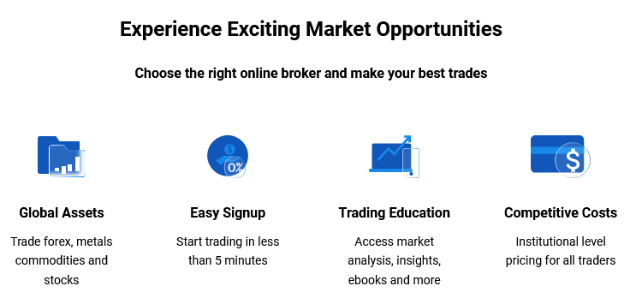
These are some of the tips for Trading TSLA with VSTAR
1. Practice with VSTAR demo account before investing real money
VSTAR offers a demo account that allows you to practice CFD trading before you start investing real money. The demo account is an important learning tool if you’re new to CFD trading.
2. Build your own trading strategy about TSLA stock
The success in CFD trading depends in part on the tools you work with and how you apply them to your strategy. VSTAR offers charting tools, technical indicators to help you to better assess the market. You can take advantage of the demo account to familiarize yourself with the platform and identify tools that best suit your strategy.
3. Risk management
It helps to have a risk management plan when trading CFDs. Before you begin a trade, decide the amount of money you’re willing to lose. Secondly, decide your profit target over a specific timeframe.
VSTAR offers tools to help you limit how much you can lose on a trade.
Conclusion
Tesla (TSLA) stock splits have helped to propel the stock by increasing its demand among retail investors. Tesla stock has delivered strong returns for long-term investors, and it has also provided incredible short-term profit opportunities.
Tesla stock’s price volatility and heavy trading activity make a strong case for trading TSLA stock CFDs.
FAQs
What is a fair price for Tesla stock?
Analysts have a median price estimate of $210 for Tesla stock, representing around 10% upside from the current level.
Does Tesla pay dividends?
Tesla (NASDAQ: TSLA) doesn’t pay a cash dividend. The company prefers to reinvest its profit rather than distribute the money to shareholders.
How to buy Tesla for the cost of a penny stock?
You can buy fractional shares of Tesla for as little as $1. Trading TSLA stock CFDs also allow you to start investing with little amounts of money.
What is the best price for Tesla stock?
Tesla (NASDAQ: TSLA) stock has achieved a best price of about $410 since the latest stock split.
*Disclaimer: The content of this article is for learning purposes only and does not represent the official position of VSTAR, nor can it be used as investment advice.
